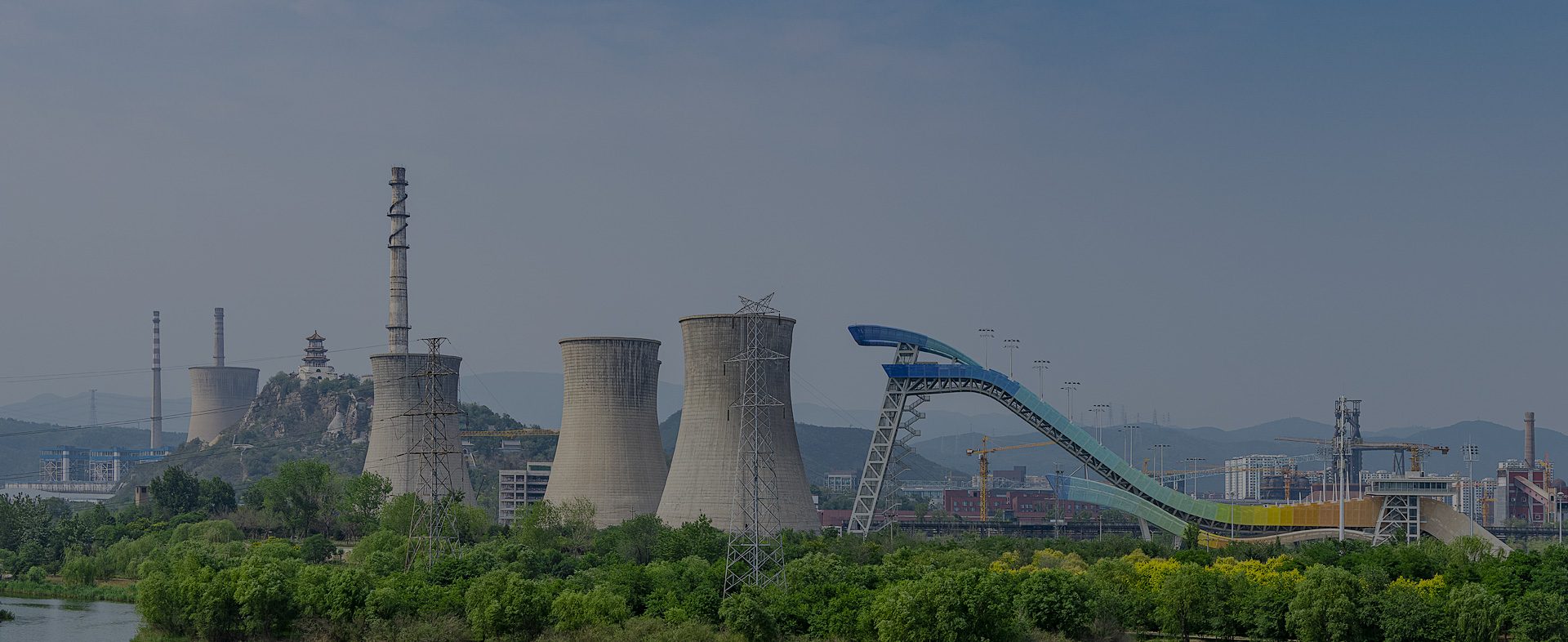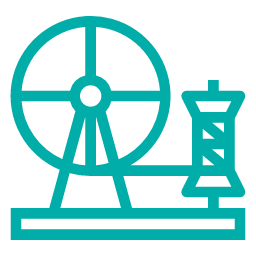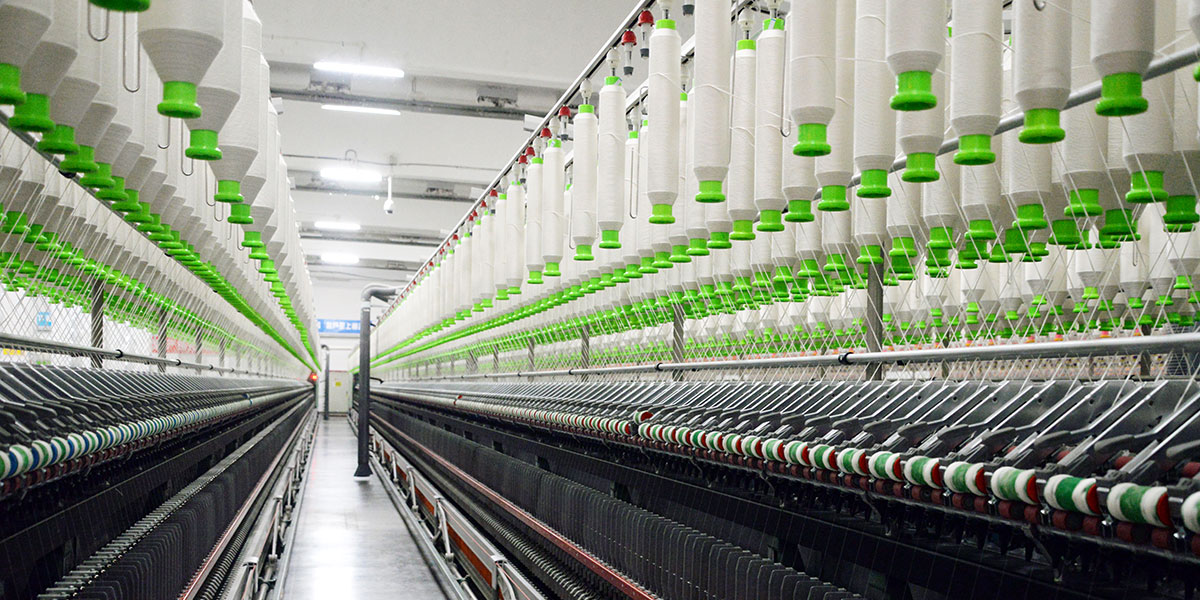As my country's traditional pillar industry, industrial textiles have always played a pivotal role in national economic activities. As early as the end of the last century, my country's textile machinery industry began to vigorously promote the application of automation technologies such as PLC, frequency converter, servo system and computer control to improve the speed and production efficiency of the machine. Today, with a high degree of automation, the degree of automation of textile machinery electrical control systems is getting higher and higher. Stand-alone automation can no longer meet the needs of the development of the textile industry. The textile industry is developing in the direction of system automation, workshop automation and factory automation. As the collection unit of the Internet of Things in the textile industry, various intelligent and innovative sensors will continue to provide technical support and guarantee for the comprehensive transformation and upgrading of the industry in the future.
Sensor photoelectric detection is a non-contact measurement, it does not change the original state of the yarn, combined with precision machining technology; information processing technology, including cotton fiber inspection, spinning, weaving, printing and dyeing and finishing online monitoring, testing, and All links of textile production such as finished products and semi-finished products are tested, so that the quality of textile products can be effectively controlled and improved. It can be used to detect yarn defects, bobbin unwinding position, and bobbin winding length on automatic winders. Used on high-speed warping machines for warp yarn breakage, linear speed signal detection and feedback, strip thickness and length measurement, etc. It is used for the detection of unwinding diameter, moisture regain, temperature, tension and length on the new sizing machine. It is used for single spindle inspection on spinning frame, and tension control inspection on texturing machine.


 Textile
Textile


 hanliwell@hanliwell.com
hanliwell@hanliwell.com